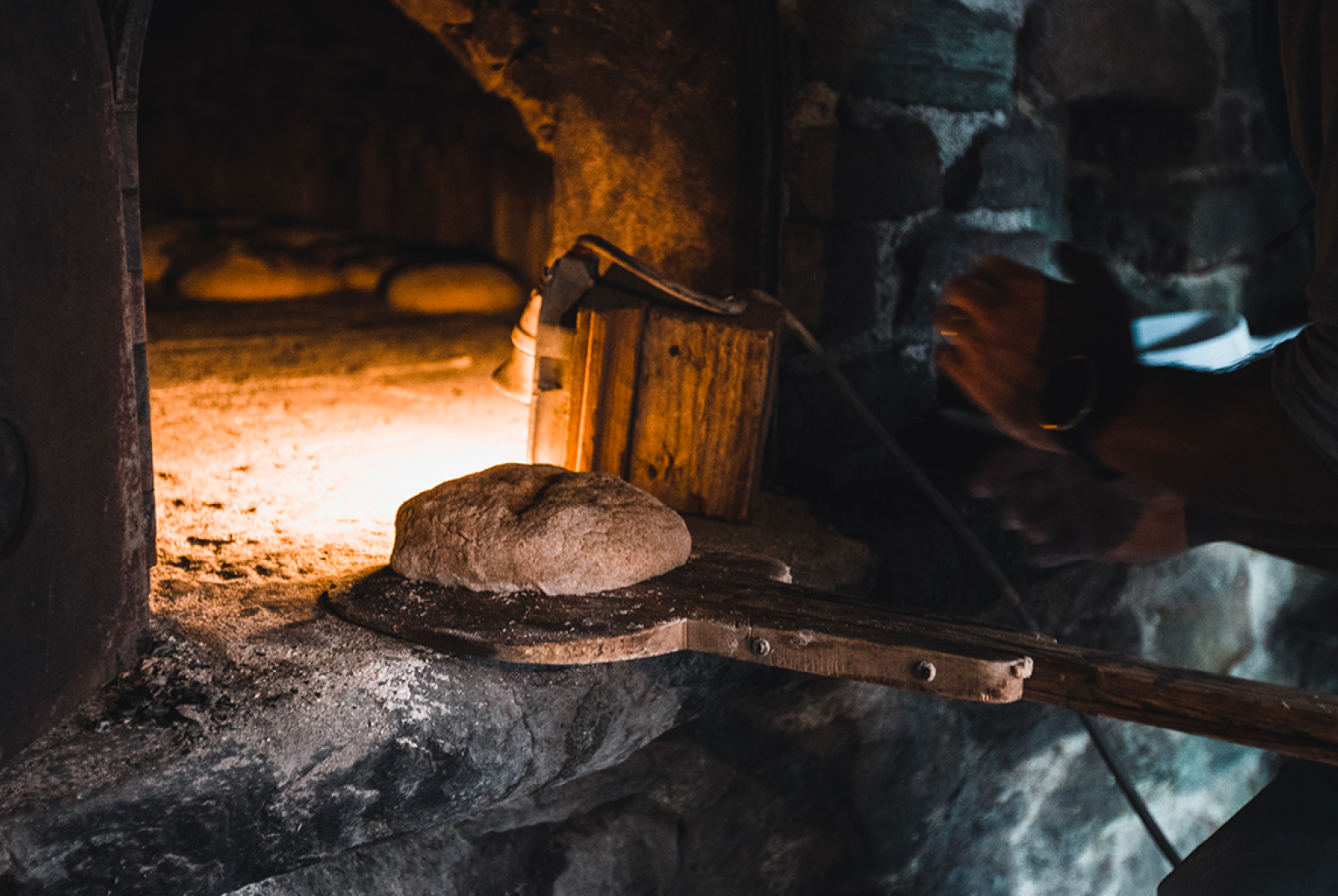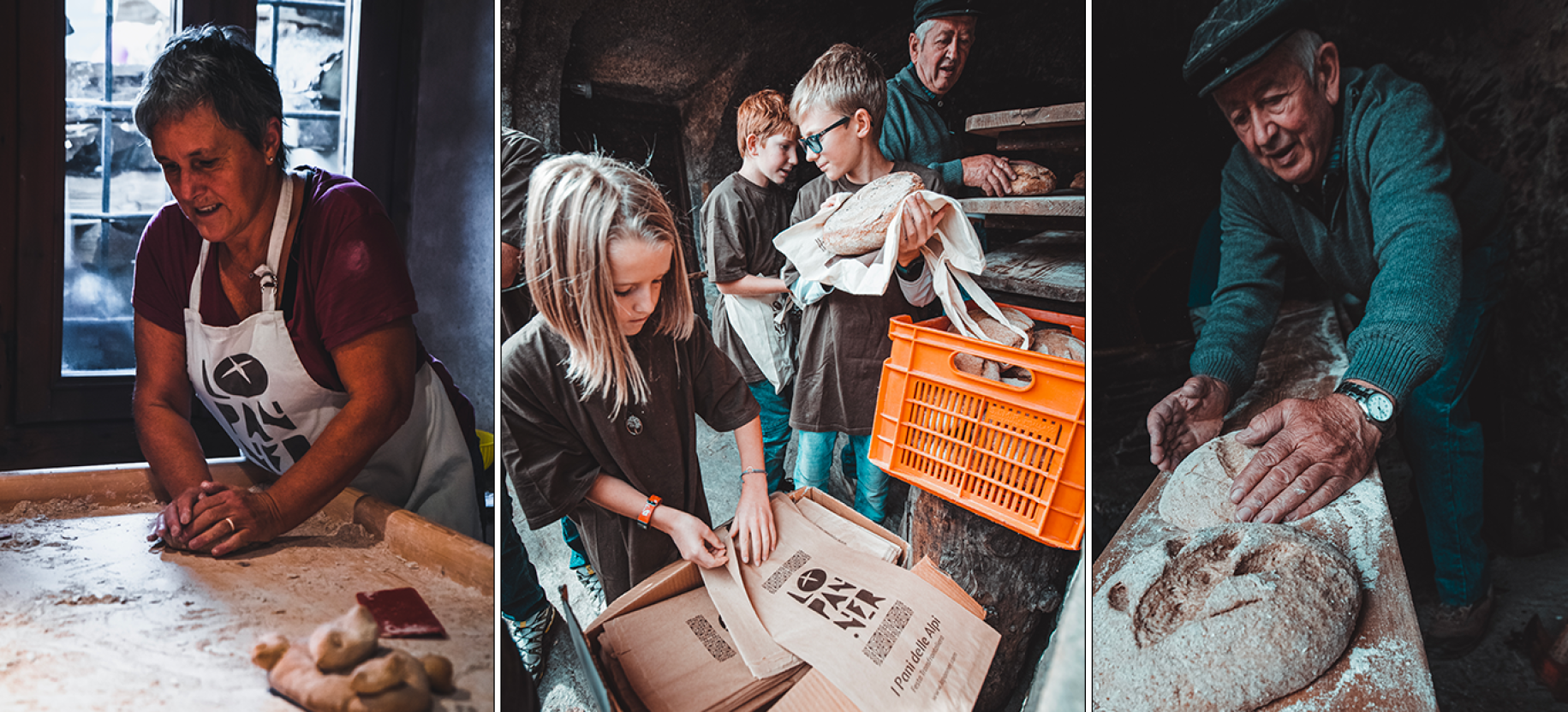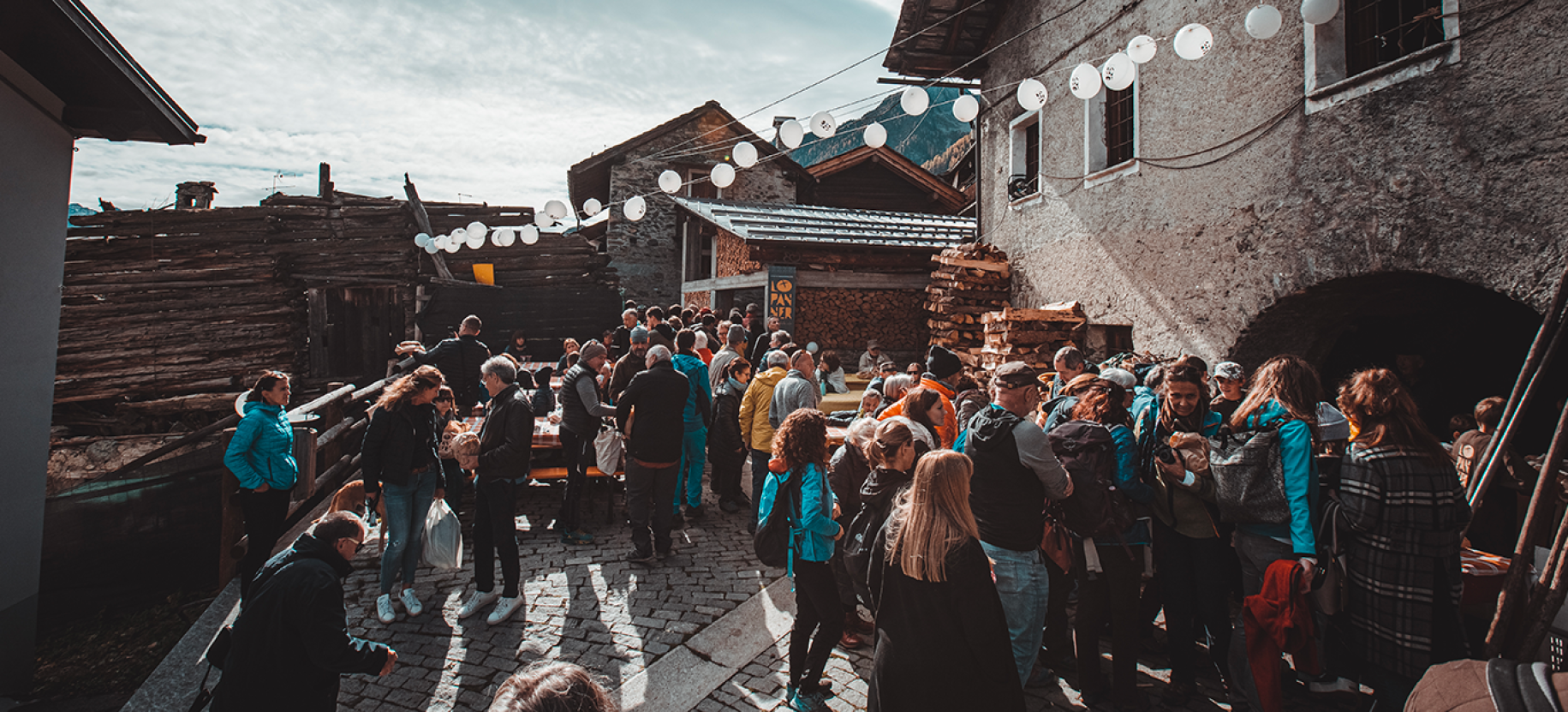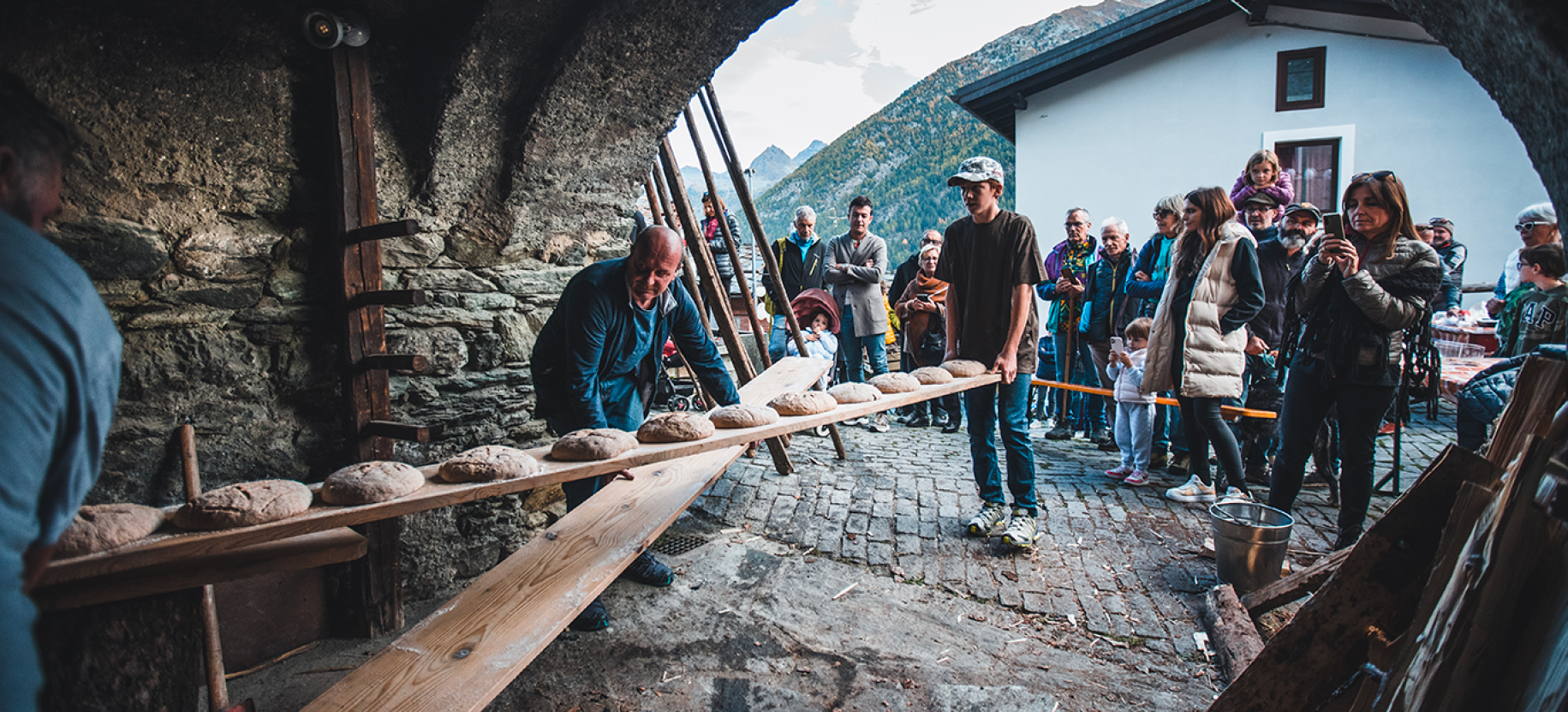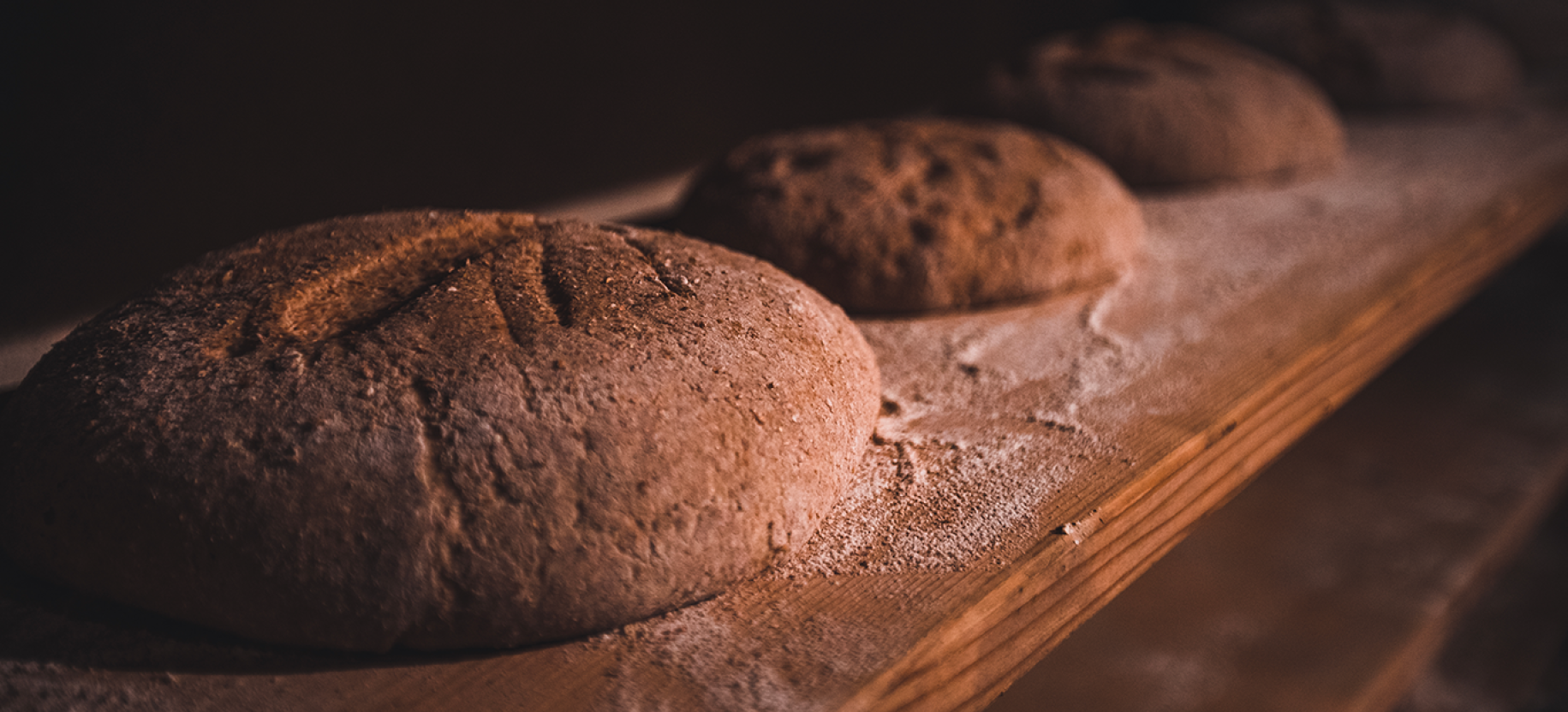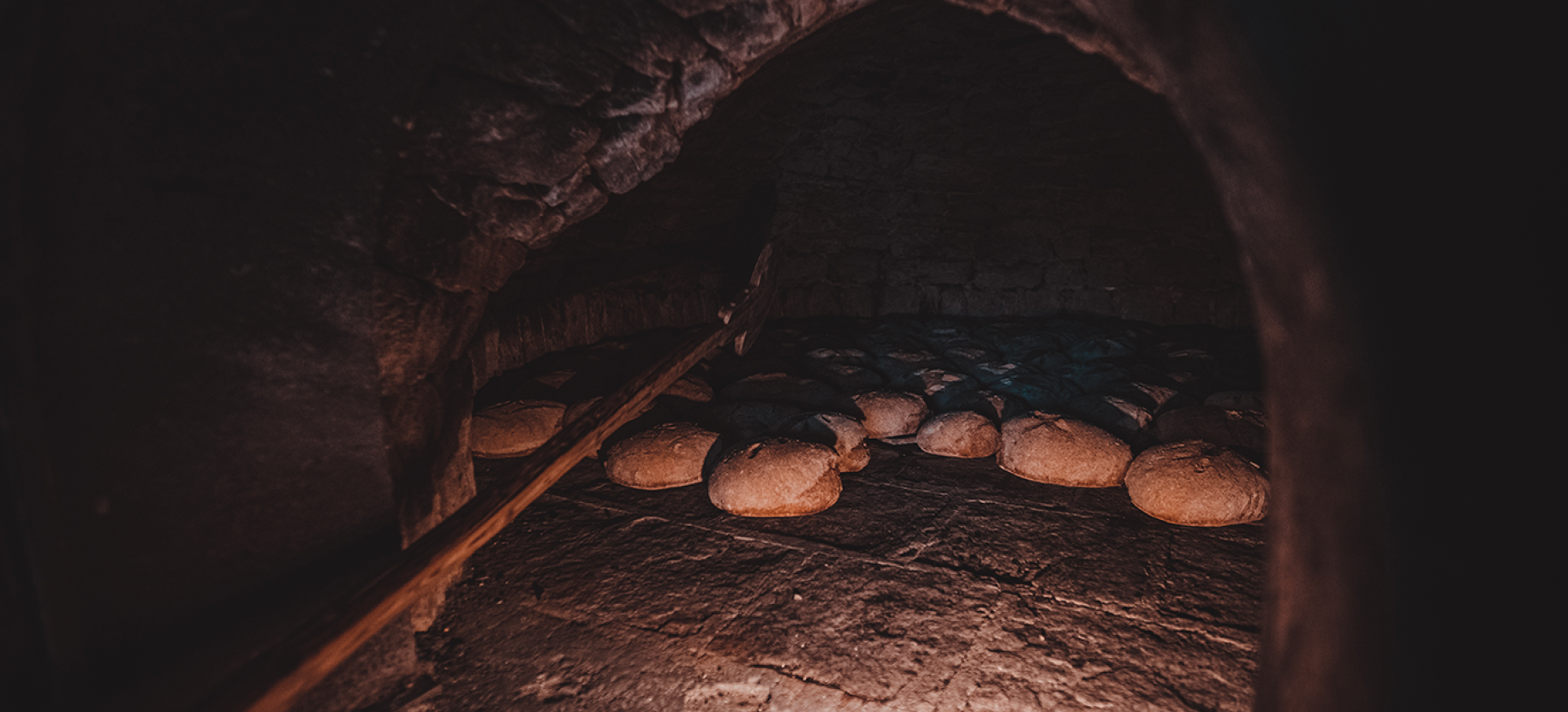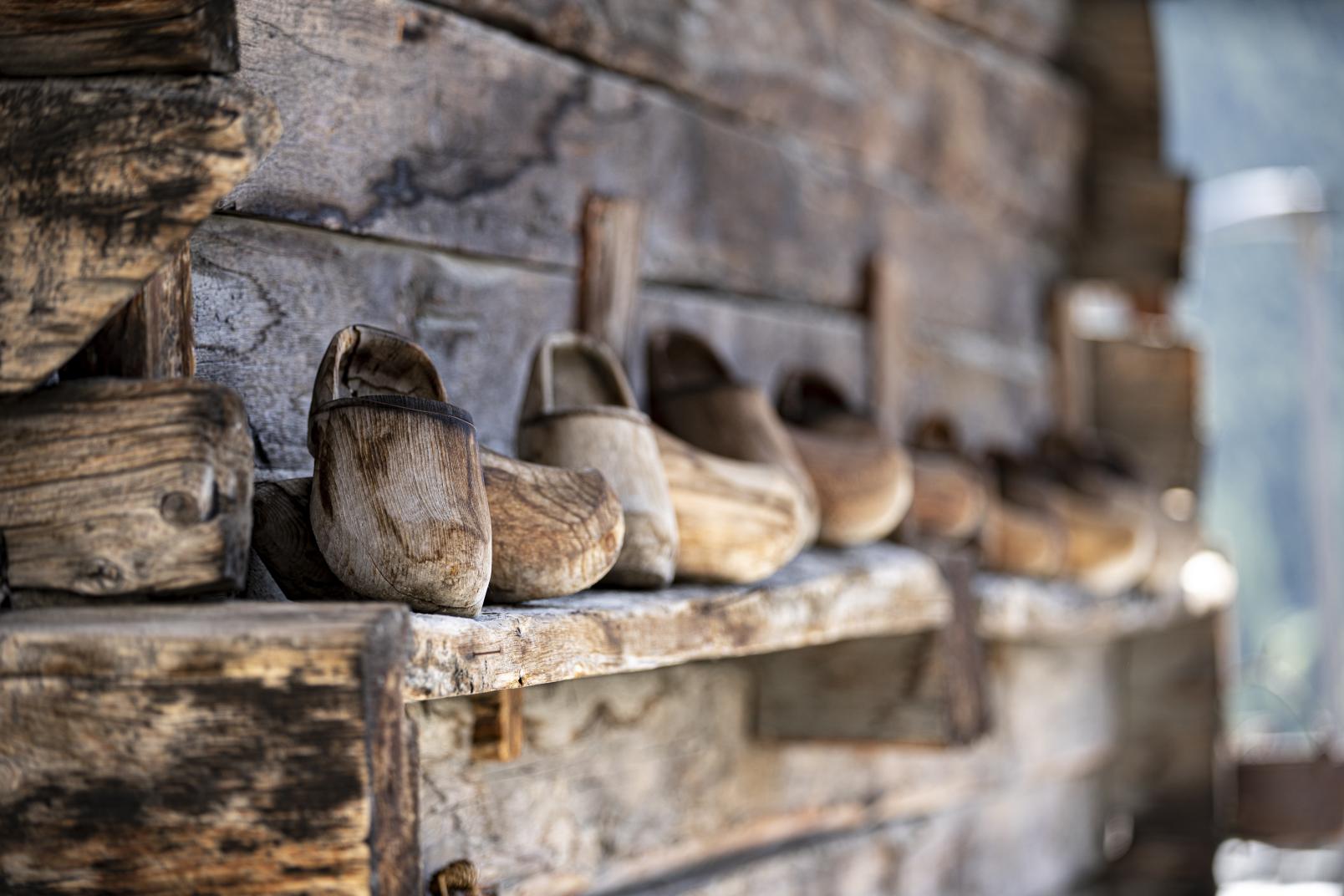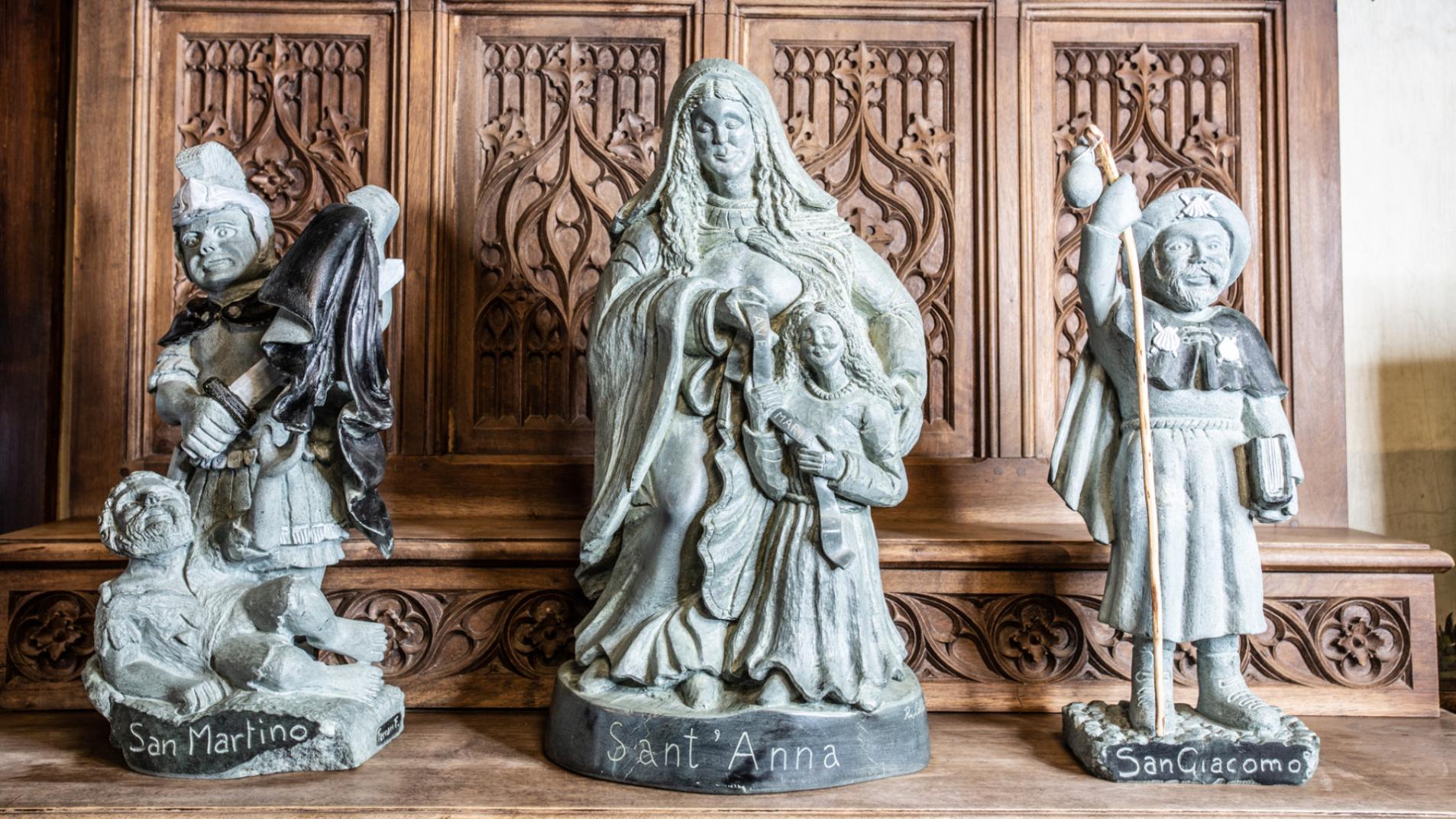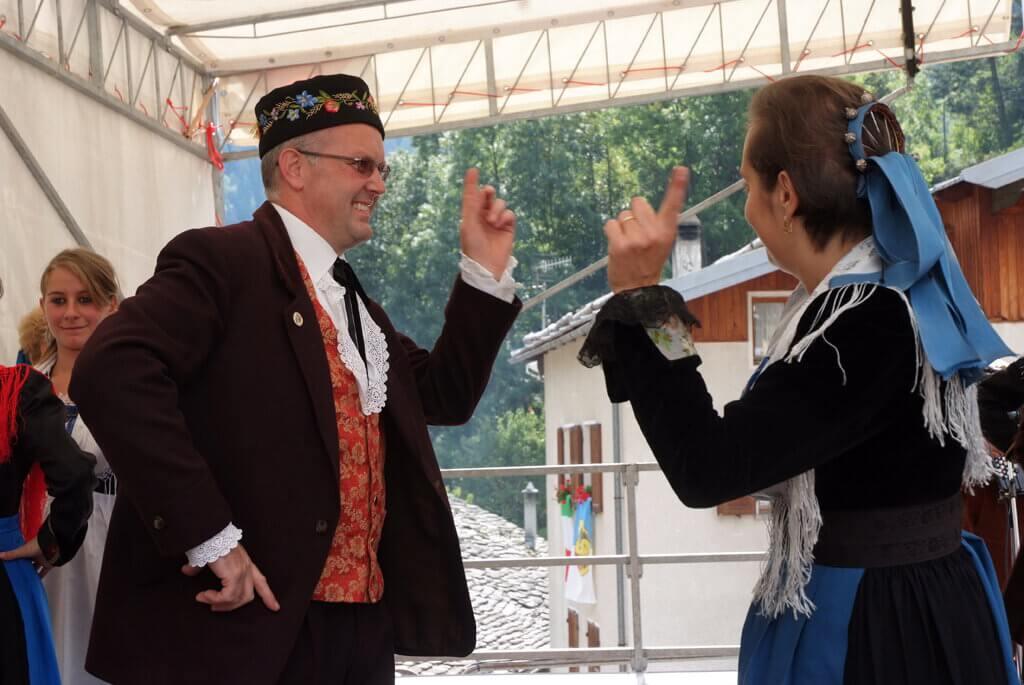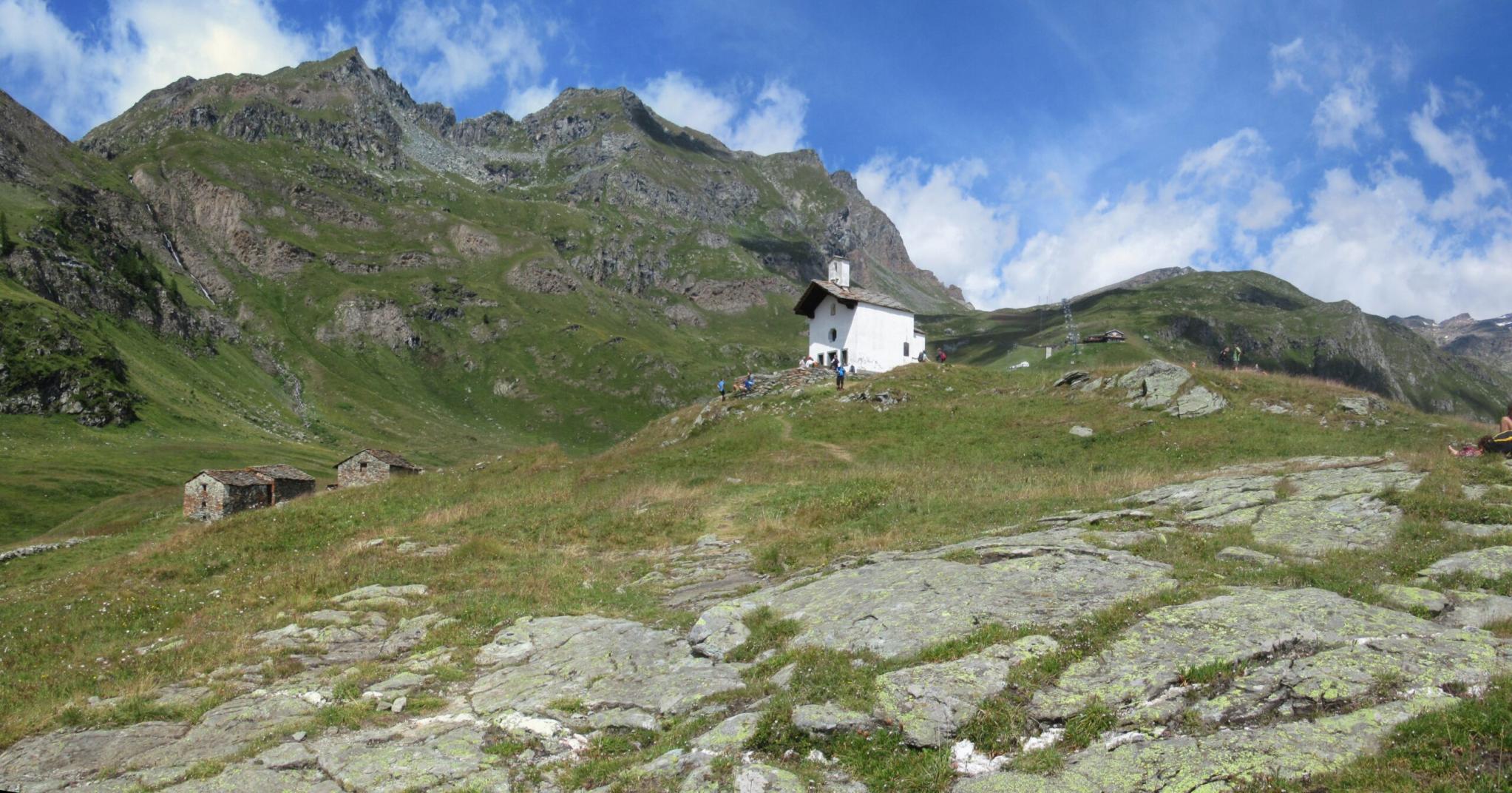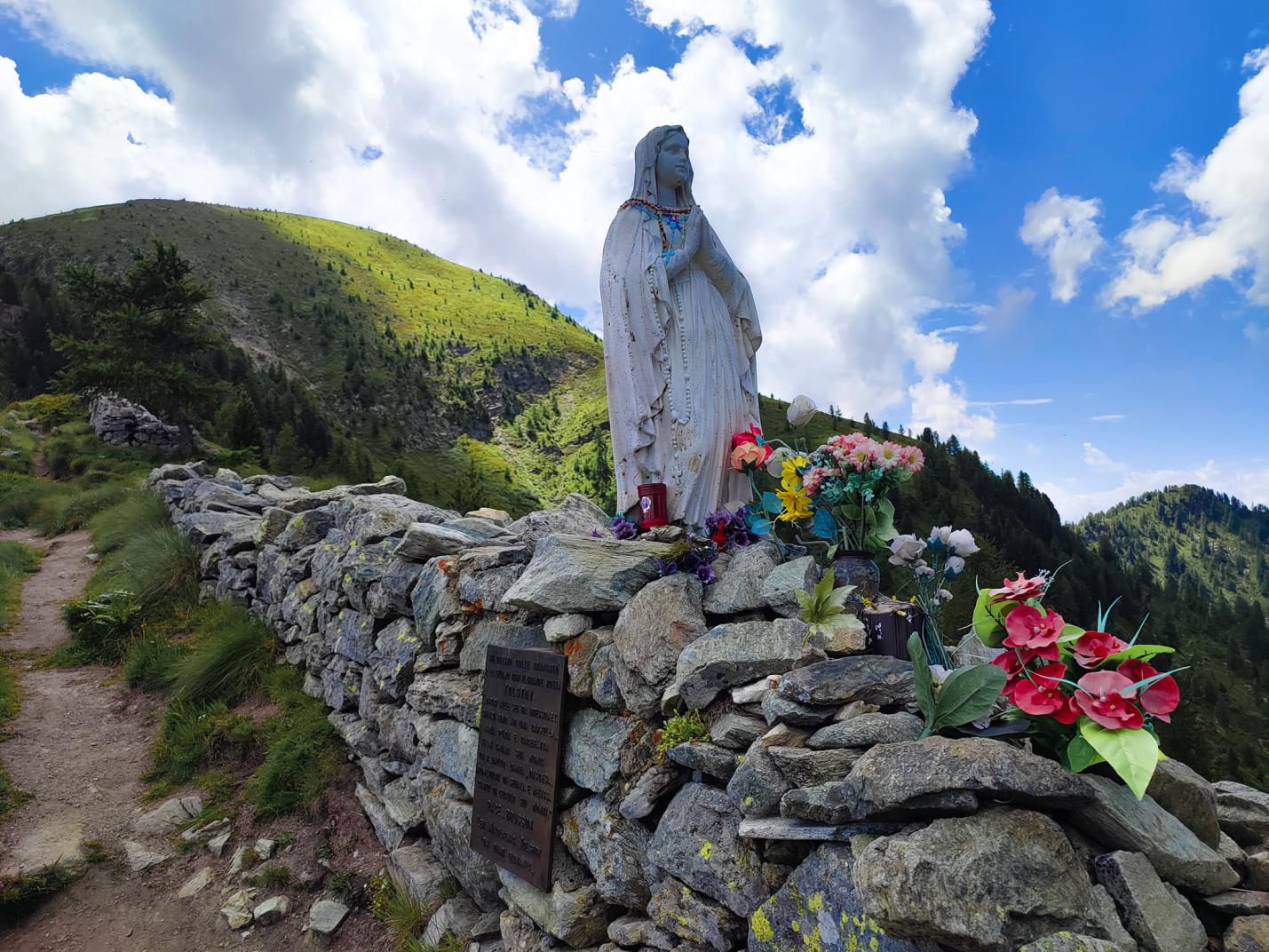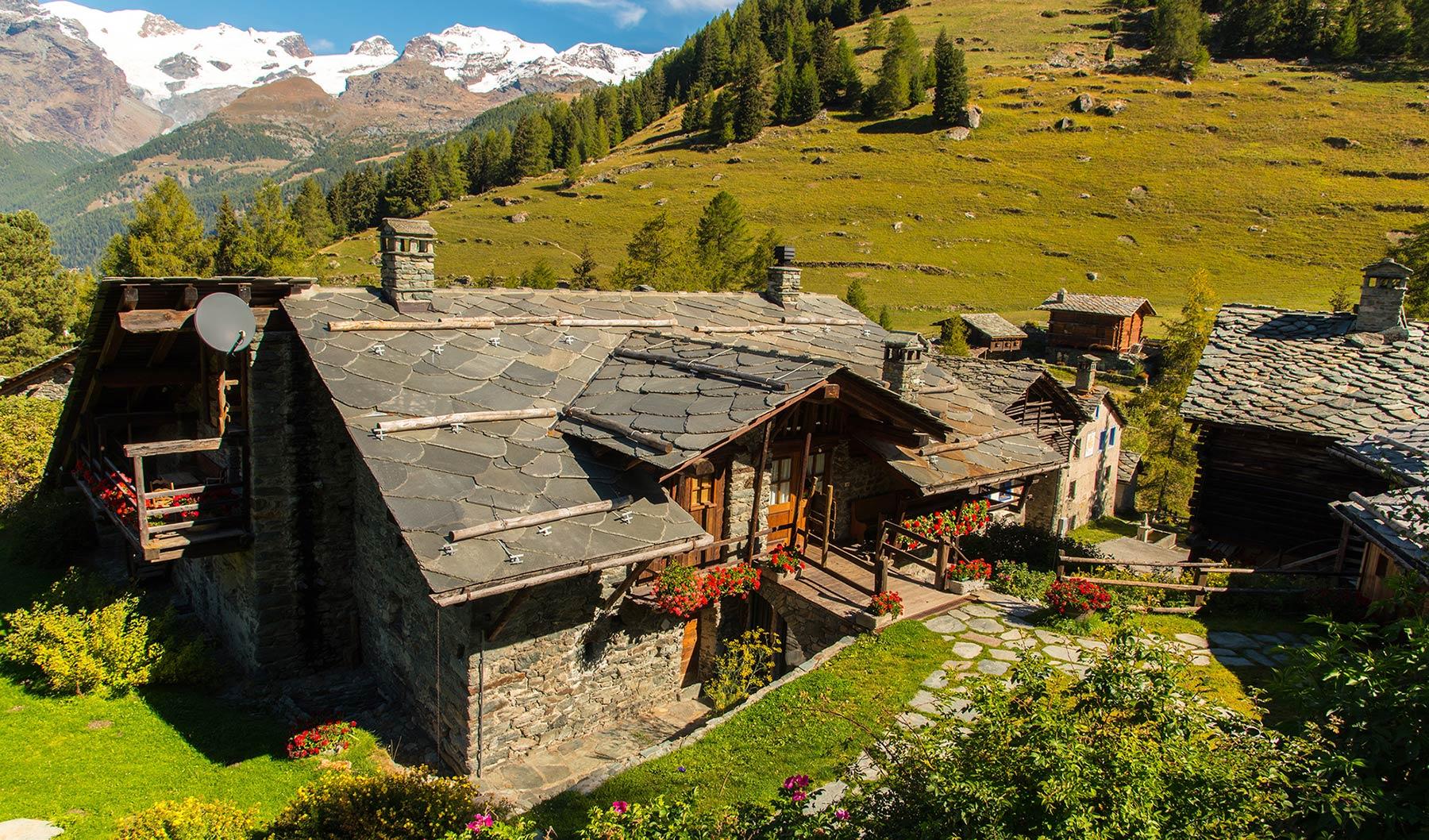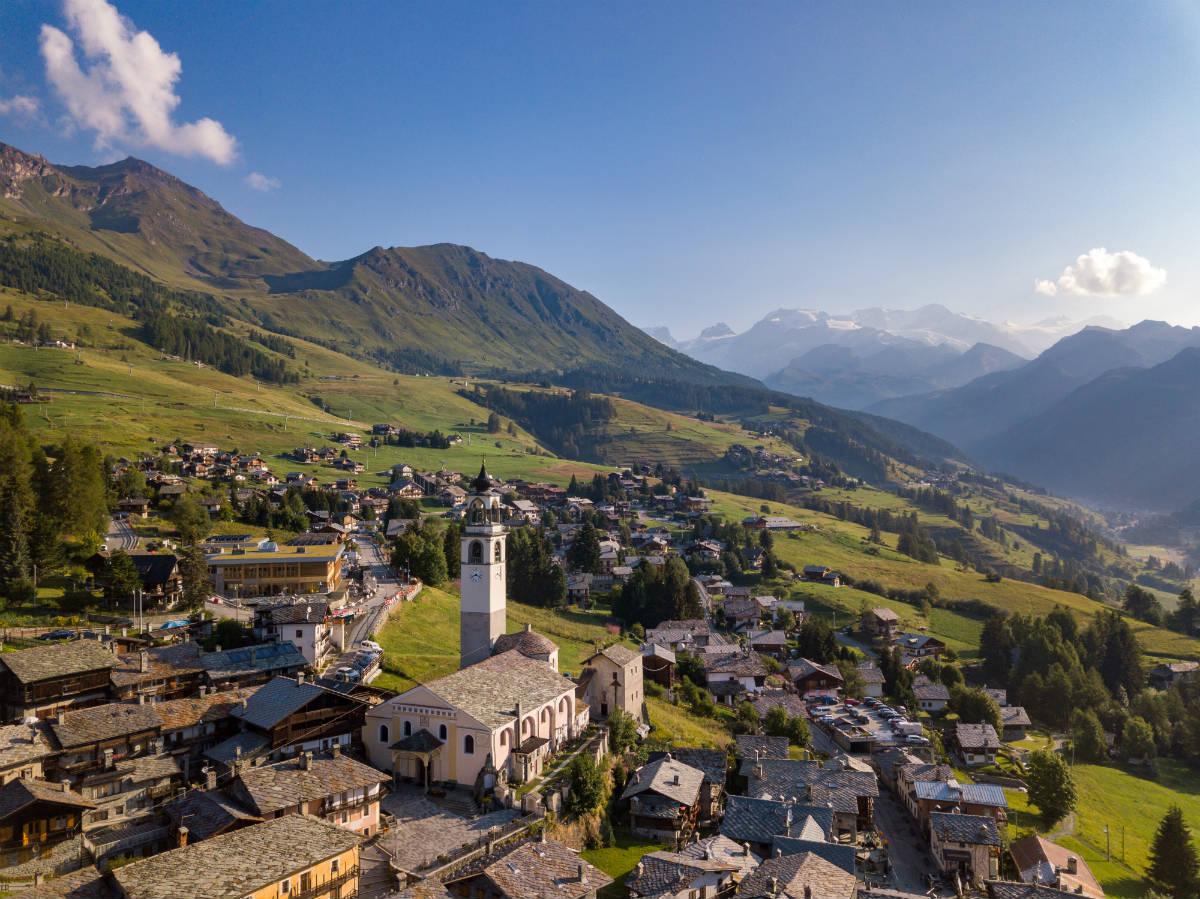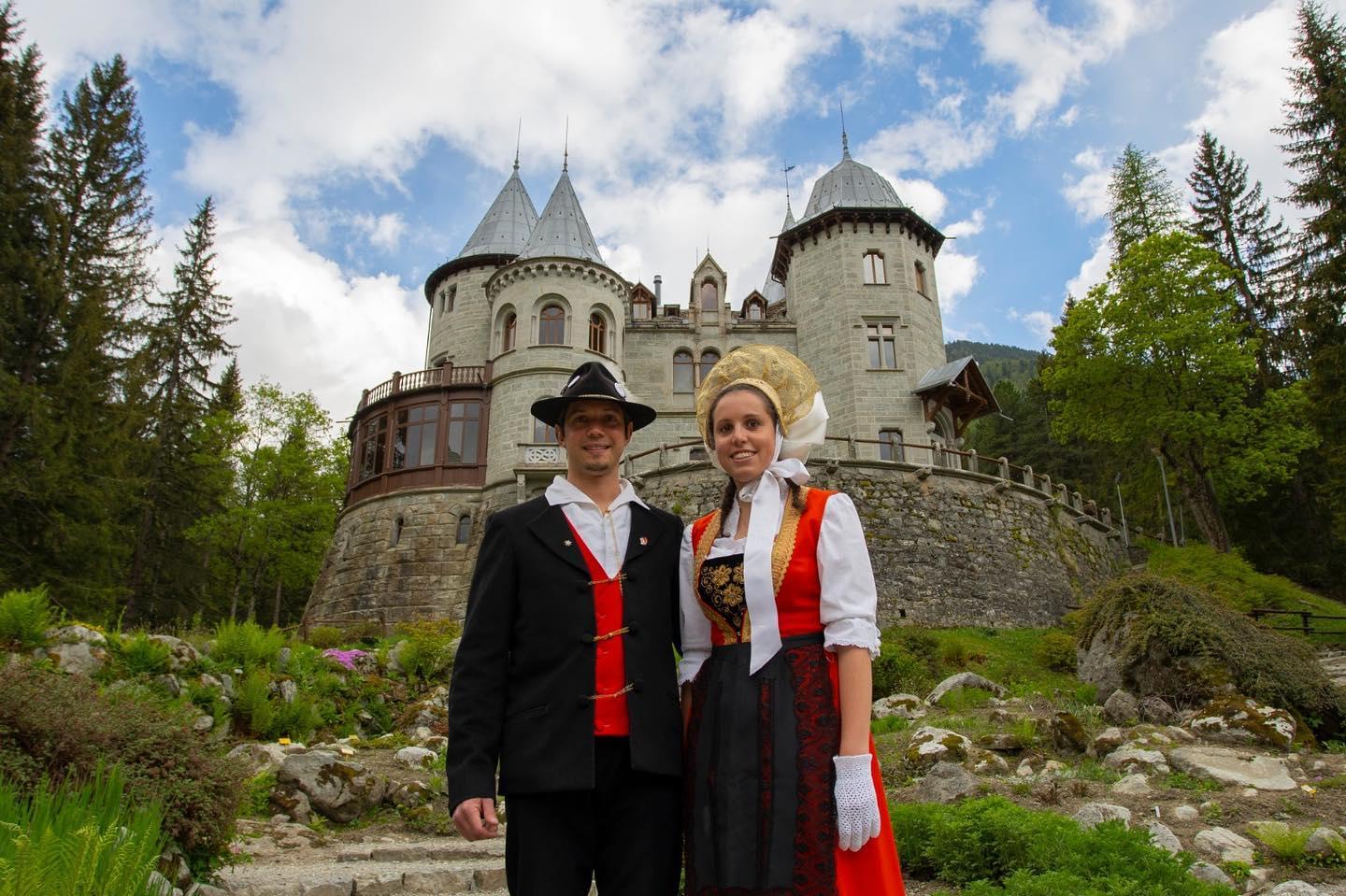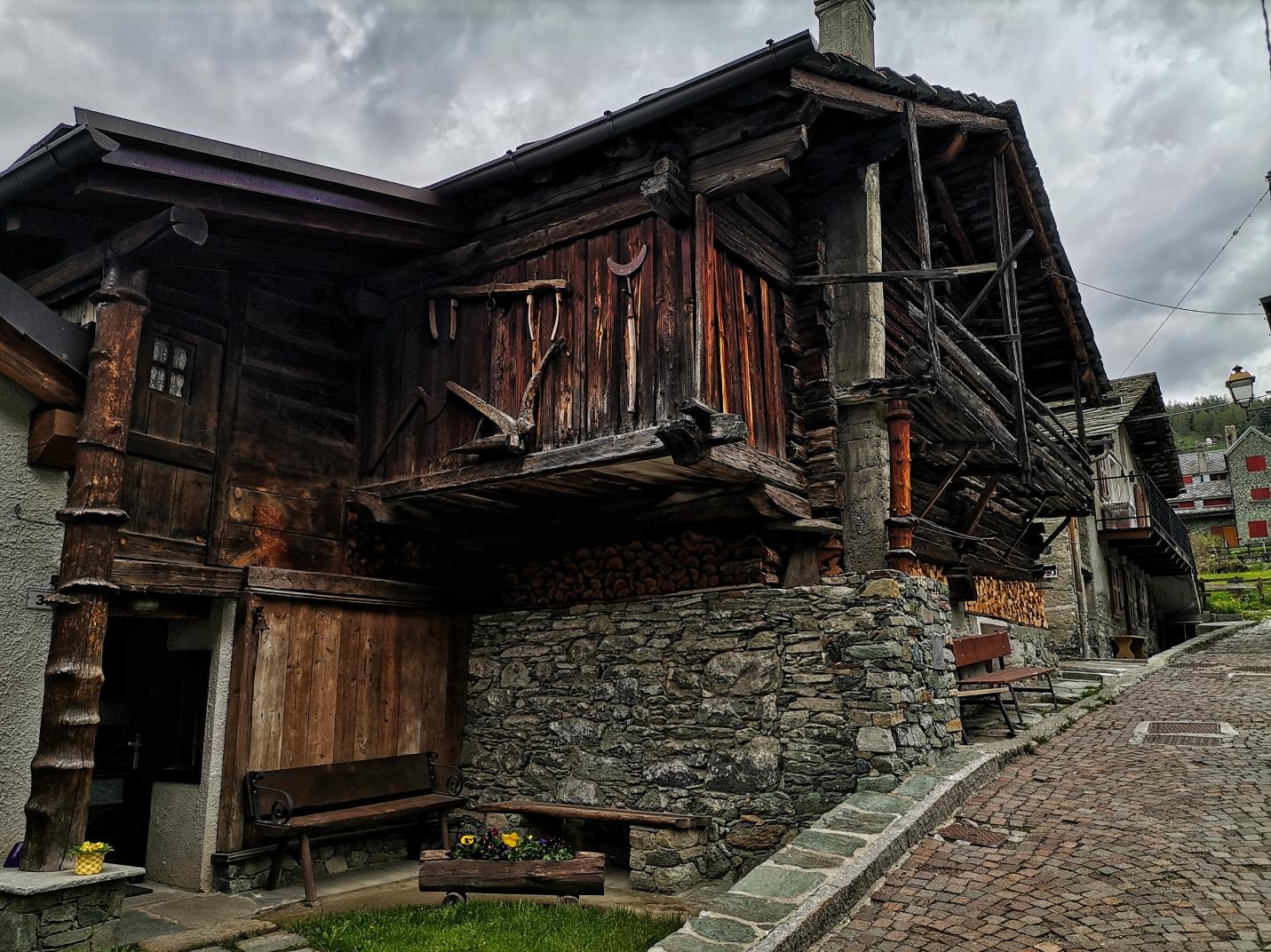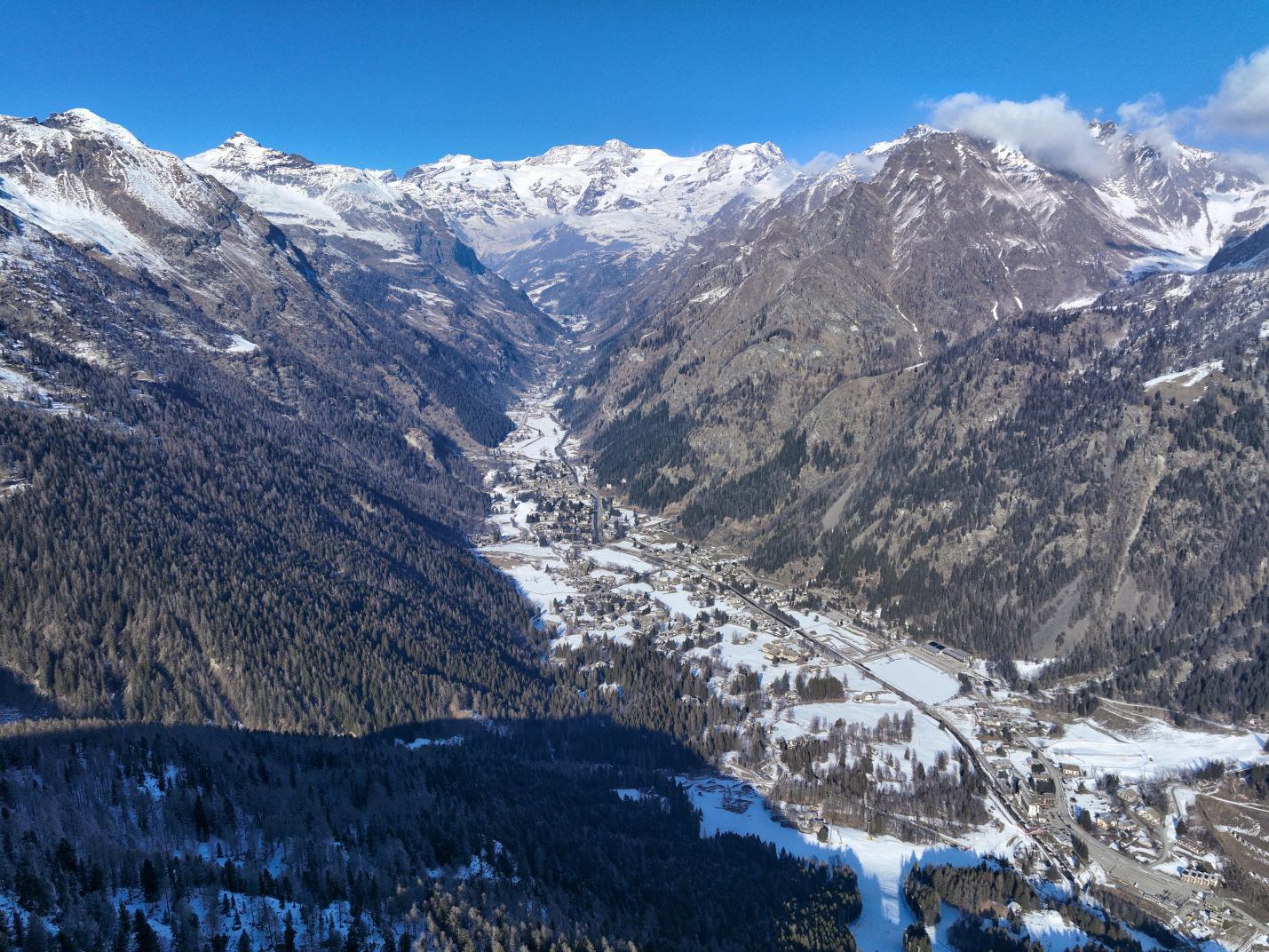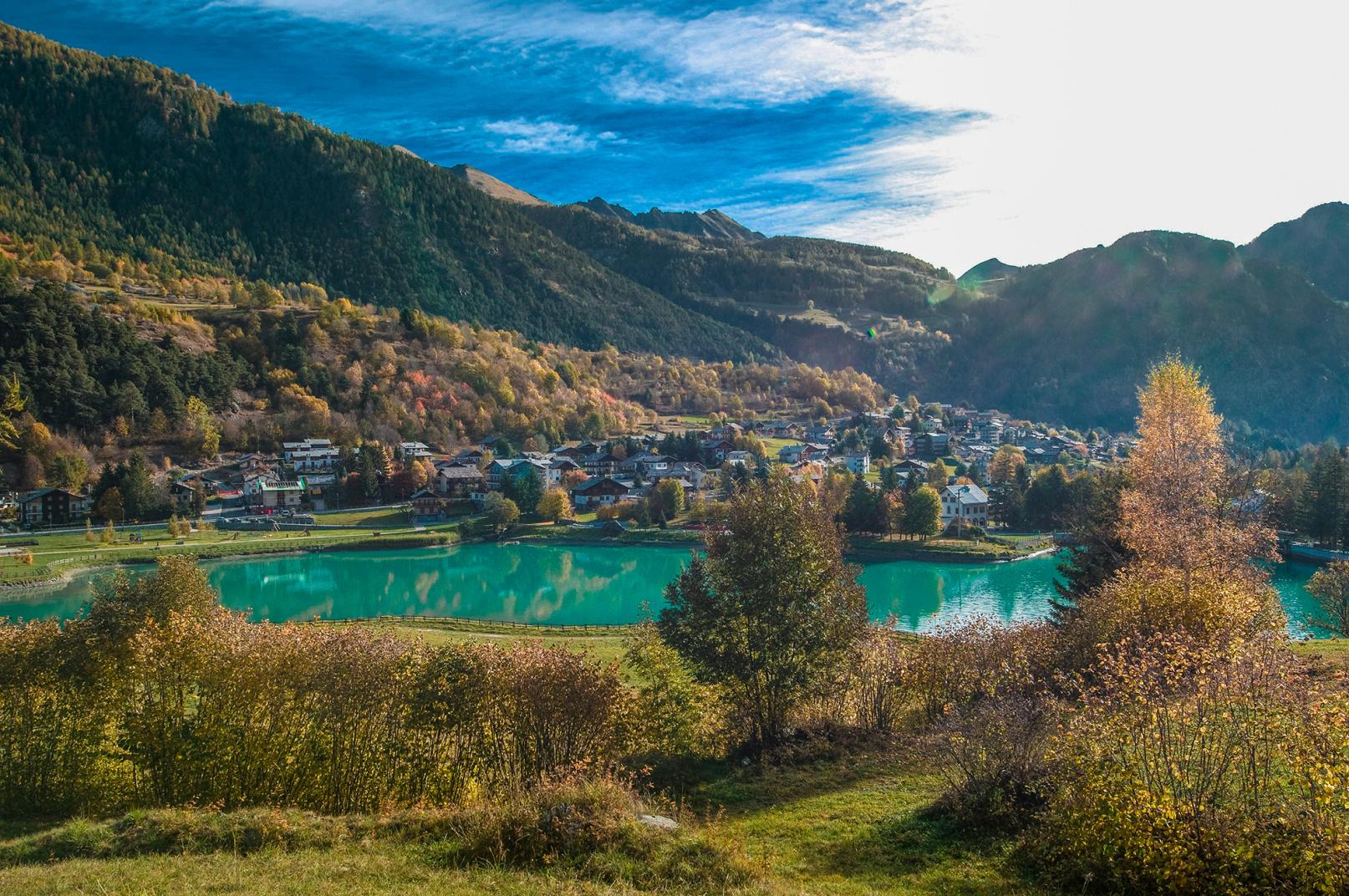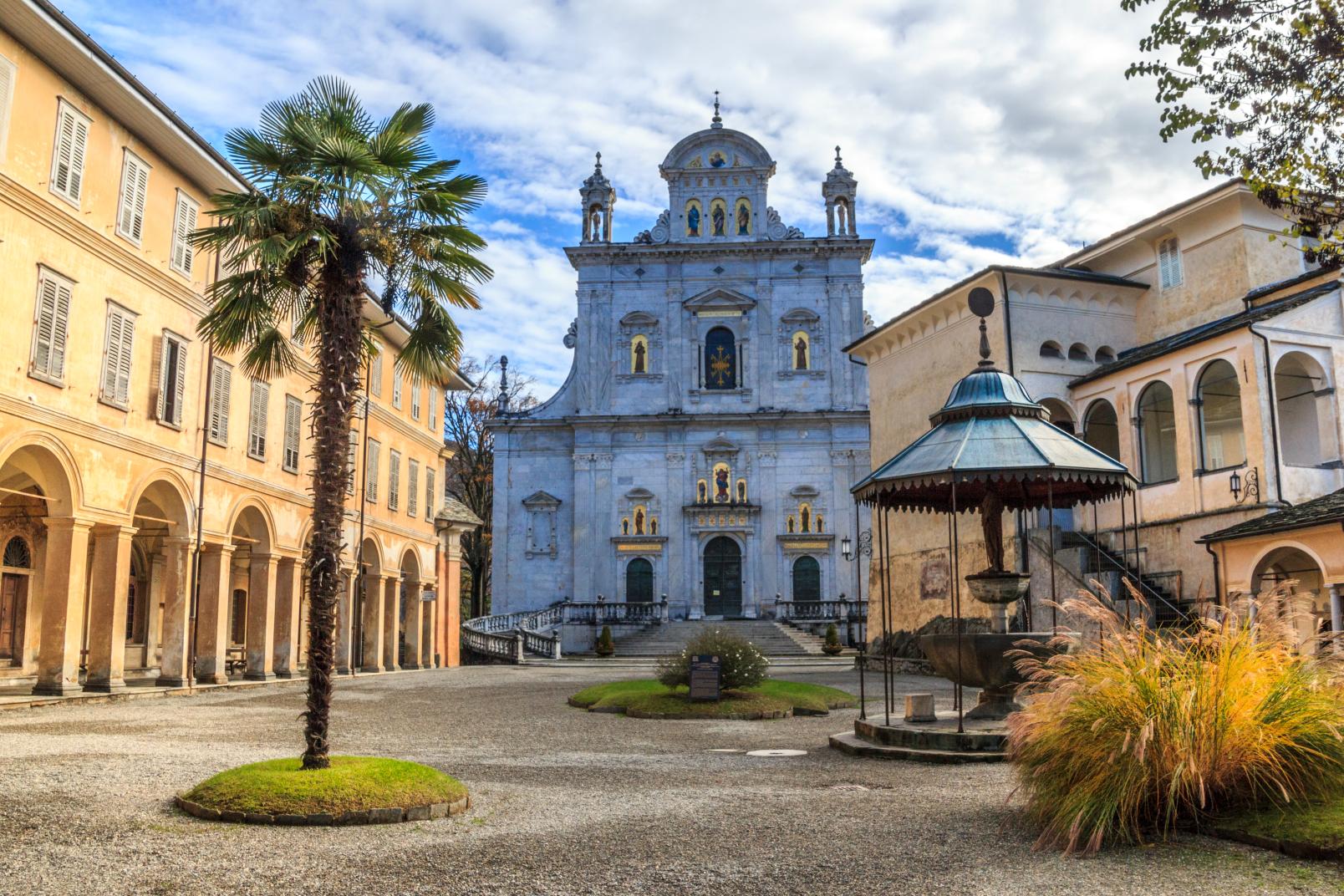Our grandparents taught us to respect food as a result of man's efforts in cultivation and processing, in fact the gesture of placing bread upside down on the table was considered a lack of respect for food. This was due to bread-making which, unlike nowadays, was not done daily but a few times a year!
In Valle d'Aosta, bread has been the main food in the local cuisine for centuries, so much so that the cultivation of cereals, rye and wheat characterised the landscape.
Rye bread, a symbol of life in times gone by, was indispensable and fundamental for feeding families and involved a whole year of toil between growing the cereal and making the bread itself.
Each village had its own bakery that baked bread for the entire population, once or (more rarely) twice a year. The moment of baking was a time of gathering, celebration and sociability. The Ayas area has several ovens, the most important and imposing of which is that of Lignod, dating back to the 19th century.
Black bread plays a fundamental role in the history of cuisine and food in the past and has become a symbol of the culture and tradition of our valleys. This tradition is particularly heartfelt in Valle d'Ayas where every October 'Lo Pan Ner', a cross-border celebration of black bread, is held, a custom of conviviality and aggregation in the name of a centuries-old tradition.

